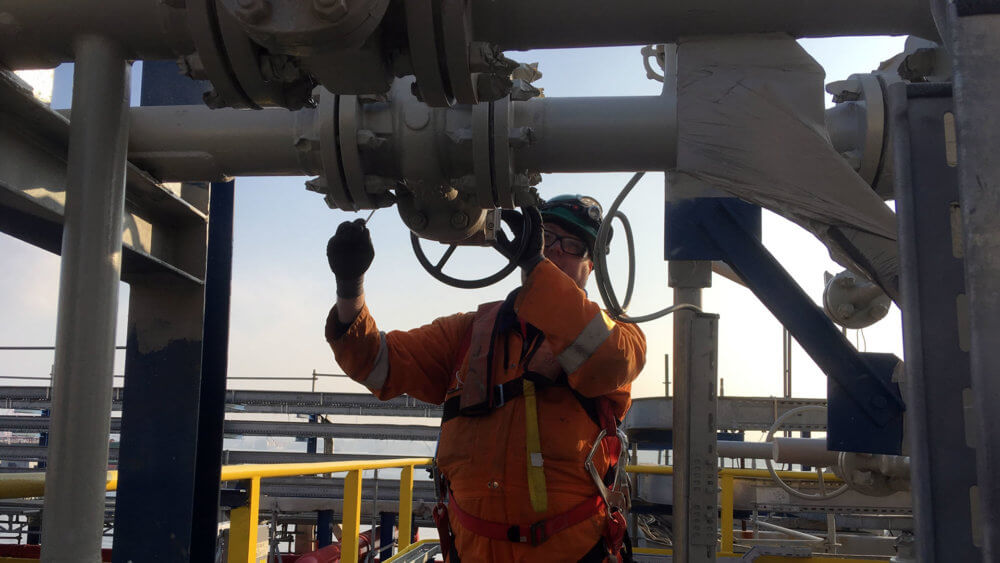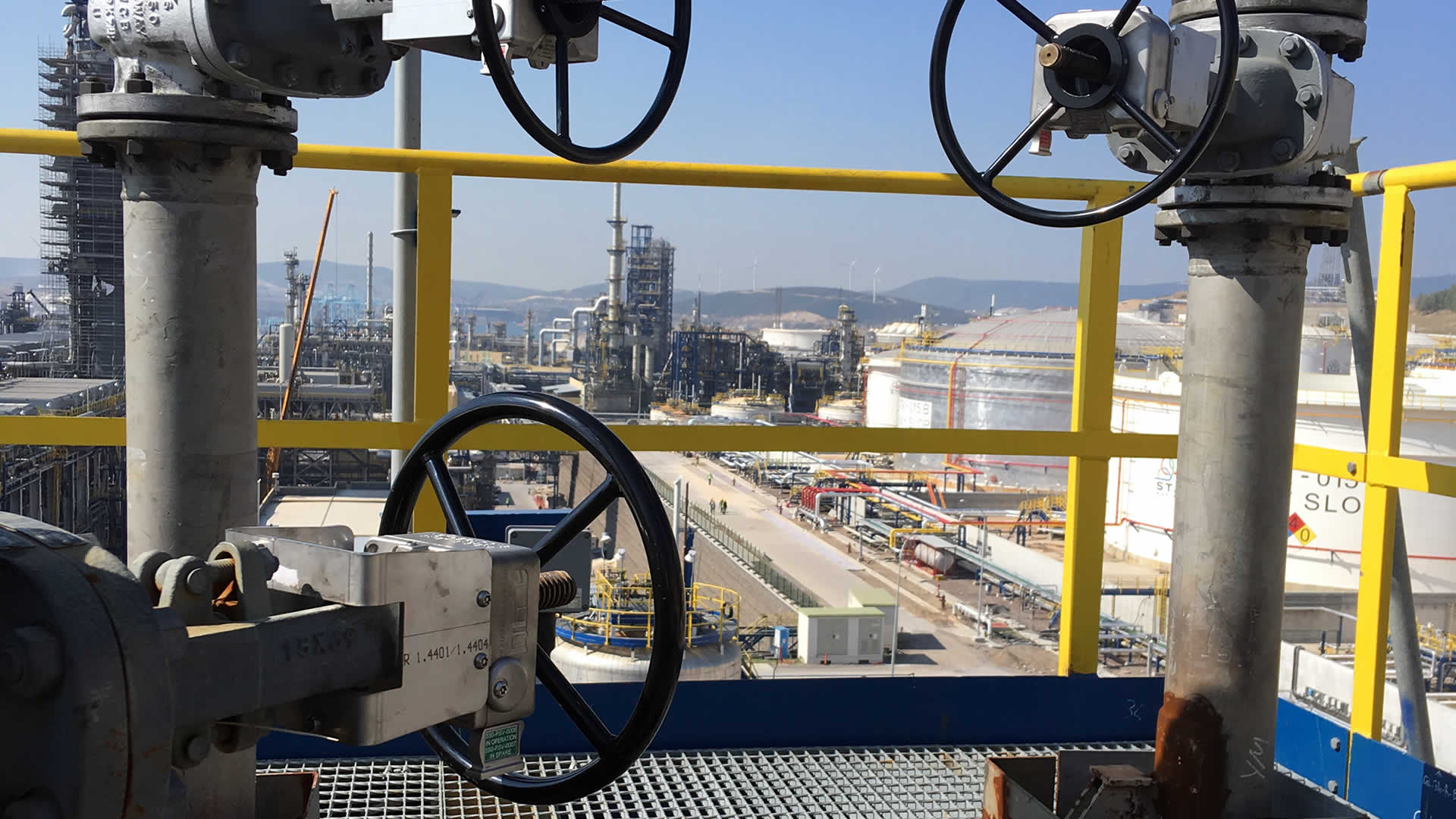For one of its customers’s projects, Sofis was asked supply installation support, initially for measuring, installing and commissioning more than 1500 Netherlocks interlocks. In the end, Sofis supplied 1610 Netherlocks interlocks and 8 Smith interlocks. For 99%, the interlocks were installed on pressure relief valves (PSV). The entire process was managed and led by a Senior Service Engineer of Sofis.
About the customer and the end-user
The end-user is an oil refinery. The new facility has a processing capacity of 10 million tons (Mt) of crude oil a year, which is equivalent to 214,000 barrels a day. The facility is part of a high-complexity, high-conversion oil refinery that will process natural gas and refinery fuel gas. The refinery awarded the engineering, procurement and construction contract for the refinery to a joint venture of four contractors. In the past, Sofis had already closely cooperated with one of the individual contractors, installing large amounts of valve interlocks.
Insight by overview
Because of the large scope of this particular project, the Sofis service engineer separated the scope in several units. This helped him and his team to have a better overview of their activities and time investment. Interlock installation was set up based on the end-user priorities; utility and flare systems. The next priorities were storage tanks and LPG spheres, followed by the process modules, and finally the jetties. The challenges that our engineers normally face with projects of this size are logistic by nature. To stay in control, our service engineer always starts his project by making clear agreements with the stockroom/warehouse about how interlocks are being handed over by the warehouse. Although the interlocks are officially owned by the customer, Sofis service engineers always make sure that interlocks cannot be taken out from stock without our approval. This allows them to be in full control and have oversight.
On-site cooperation
On this project the Sofis Service Engineer worked with the main contractor, subcontractors, the end-user, his own team of Sofis site service engineers and engineers of one of our certified Sofis partners.
A typical working day on-site
Measuring valves took place in close coordination with the Unit Construction Supervisor. Locations were identified by means of a 3D model, after which the actual measuring took place in the field. Detailed ‘top-work’ dimensions guarantee a perfect fit and prevent any delays caused by incomplete or incorrect information. During the installation of the interlocks, the dedicated Sofis service engineer of this project took charge of managing his own service engineering team, as well as the engineers of several local sub-contractors, hired by various contractors. He also acted as the prime contact for supporting and solving technical issues on-site. A typical working day starts with daily planning. Reporting is also part of daily routine, as well as the registration of all working hours of the engineers involved with measuring and installing interlocks.
Project hand-over
Together with the Commissioning Engineers of the contractor and operators from the refinery, the Sofis service engineer helped put all valve systems in service. After commissioning, the keys for the interlock systems are handed over per unit. In this case, The contractors’s commissioning manager officially signed for the handover, after which the updated data sheets are handed over as well, as a final reference to the customer.
Maintenance and advice
As Sofis engineers were involved during the entire installation process, they were able to directly advise the end-user on the maintenance of interlock systems. Regular condition monitoring and maintenance ensures 100% availability of valve interlocks. Maintenance also maximizes the lifetime and increases process up-time. Moreover, you comply with safety regulations and minimize unplanned standstill-time caused by ad hoc issues. Being on-site also allowed Sofis staff to better spot opportunities to further improve manual valve operations. In this project, they encountered many heavy gate valves that were perfectly suitable for using portal valve actuators. They also came across various valves fitted with ‘bracket type’ valve position indicators, These valves would be very well suited for dedicated position indicators. These provide accurate position information and help the refinery to further optimize processes. After establishing the right contact persons, the refinery will be approached by Sofis staff for discussing maintenance and service.



